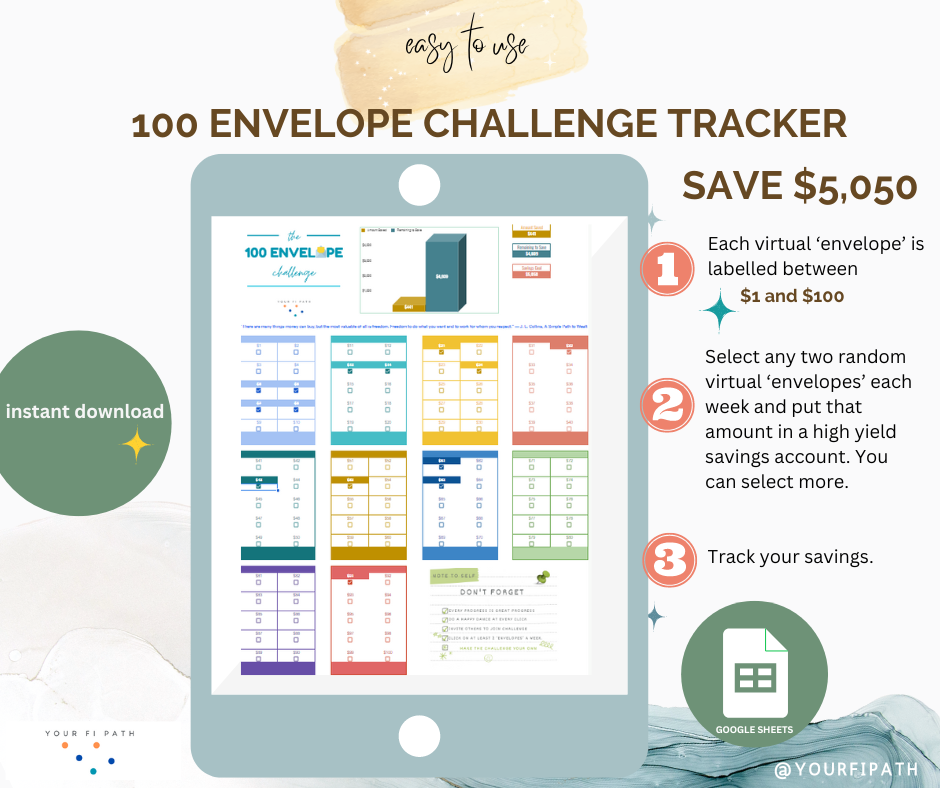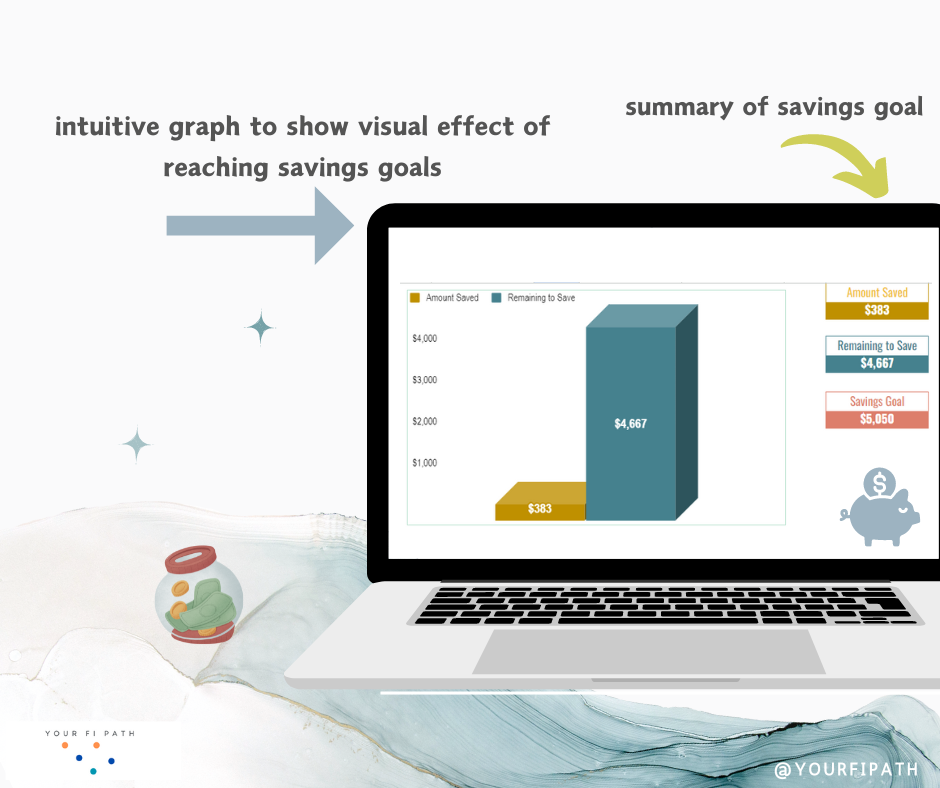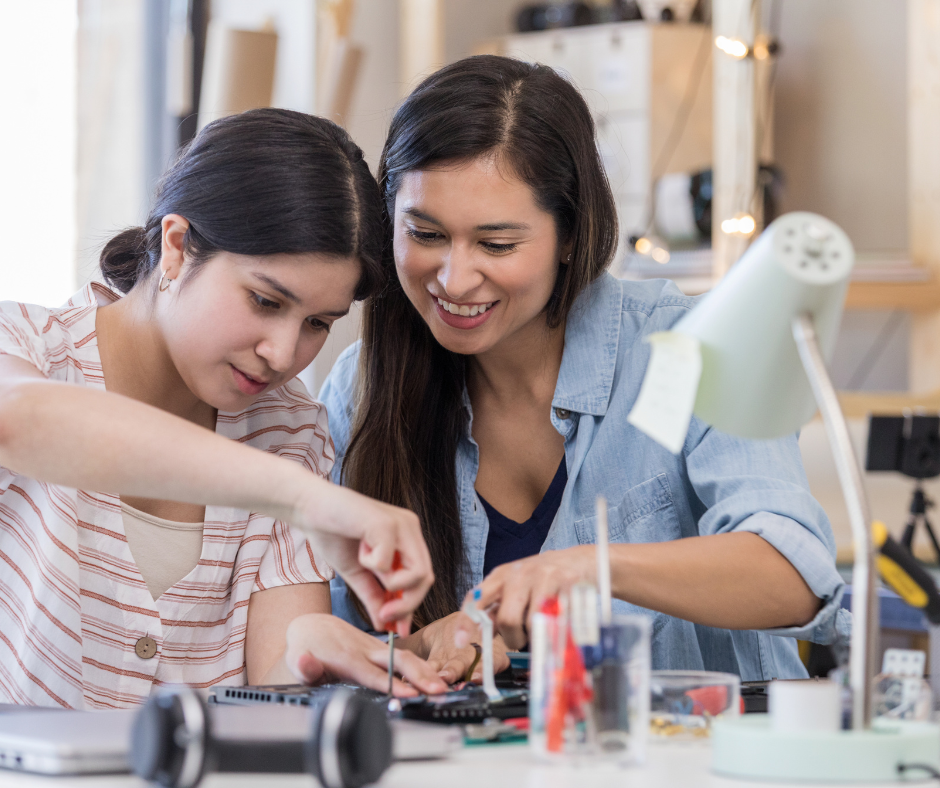One thing I have found effective in pursuing financial independence, is being intentional. For me, intent means I am designing a life of freedom with purpose – which includes my career, pursuing adventures, building community and trying new things. As part of trying new things, this year, I decided to give a ‘no spend month a try. We are almost at the end of the month, and I am excited about how things are going.
Not familiar with a ‘no spend’ month? A ‘no spend’ month is simply spending money on only essentials in a given month. What will you classify as essentials? Essentials will be things like bills, grocery, debt payment, car repair etc. These will be things you need, and not things you want. The goal is not to deprive yourself of living a ‘happy’ life. The goal is to take a pause, evaluate and reset.
During this time, you might notice a thing or two about yourself that may surprise you.
Reasons For No Spend Month
What are the reasons for a ‘no spend’ month? People have different reasons for embarking on a ‘no spend month (or if you really want to push yourself – a no spend year). Some reasons people give are:
- pay off debt
- save for down payment on a home
- declutter
- improve financial habits and reset mindset
- save for travel adventures
- build emergency fund
- improve health
- financial freedom

So, what prompted me to start a no spend month? I enjoy embarking on adventures – hiking, visiting amazing beaches, learning about cultures, and enjoying delicious food. A ‘no spend month or months’ will allow me to pursue my adventures, which is part of my financial freedom plan.
I also needed a mindset reset to continue to develop better financial habits. Sometimes, we all fall into consumerism traps, and it’s always a good idea to take a step back, reassess and start again.
How To Make Things Fun
What is a challenge without fun? From my experience, making finance challenges as fun as possible makes it easier to reach your goal. I realized that the tools I use for financial challenges do make a difference. Some tools you can use are, interactive google sheets, You Need A Budget (YNAB), color coded printed worksheets, and other creative tools.
To make this ‘no spend’ challenge even better, I am also participating in the 100 Envelope challenge, which is a great motivator to save. With the 100 envelope challenge, you either use a manual envelope or a ‘virtual‘ envelope to randomly save anywhere from $1 to $100. Read more here.
A YNAB user in the YNAB Facebook group put a twist on this challenge to double the amount you will save with the 100 envelope challenge. Instead of randomly saving anywhere from $1 to $100, save anywhere from $2 to $200. Now, that is a challenge that fits right into a ‘no spend’ month or months.
With the 100 Envelope Challenge, you will save $5,050 in 50 to 52 weeks if you follow the $1 increment format. If you follow the $2 increment format, you will end up with $10,100. How exciting is this? Spend on only essentials for a month or more, and fill your virtual envelopes for things that you value.
Instead of using physical envelopes, I got excited with the challenge and designed an interactive google sheet – one for $1 to $100, and one for $2 to $200 increments. This interactive google sheet is keeping me on my toes, and I am having fun with it.

The sheet has an intuitive graph that shows the visual effect of reaching your savings goal anytime you click a box.
Benefits of No Spend Month
There are many benefits when you make the effort to change financial habits for the better. Doing this challenge will help you learn how to budget better. I noticed that during this ‘no spend’ month, my budget is easier to manage because I am spending less. It also helps you notice things that you were spending money on, that didn’t bring you value.
Destress. Sometimes we don’t realize how much we accumulate mentally and physically when we go, go, go. Doing a ‘no spend’ month helps you step back, re-evaluate and make changes as needed. You will find that you have more mental space to tackle things you haven’t tackled in a while. It could simply be, going on a long walk, listening to great music, joining a meet up group for hiking, and doing other things you enjoy that do not cost money.
Declutter. Since you are on a ‘no spend’ month, you start becoming more conscious of the physical things around you. You start to get rid of things you do not actually need. Trust me, this creates a sense of freedom. I got rid of so many old clothes and shoes this month. It simply feels good. It has also made me aware of things I actually need and things I do not need to accumulate. Since I love adventures, I am currently working on travelling even lighter.
Save. This is everyone’s main goal right? Especially when we embark on a ‘no spend’ month, we tend to ‘find’ money. In the ‘No Spend’ Challenge facebook group, people have reported paying off huge amounts of credit card debt, taken amazing adventures, paid for much needed home repairs, started an investment account, adopted healthier lifestyles by cutting out unnecessary spending – the list goes on.
‘You might wonder how people ‘find’ money. Picture this – cancel one or two subscriptions you barely use, lower that phone bill by switching to another carrier, return unopened packages that might end up sitting in your closet for weeks, shop around for lower auto insurance, pack your lunches to work or school for one month, unsubscribe from those store emails. Get the picture? Take a step back, and trust me, you will ‘find’ money on your ‘no spend’ journey.’
Personal Experience: I didn’t use a camera I bought for a specific activity on my trip to the Virgin Islands. I left it sitting in the couch for days, then in my car for another 2 weeks. I decided to return it when I started the 100 envelope challenge. Result: $43.44 in my virtual envelope.
A Family Member’s Experience: He checked an old commuter transit card he had stopped using months ago. Can you guess how much money was on there? Over $150. Check your wallet, and check your pockets. You never know how much money you will find to put in your virtual envelope.

Tips
Like anything else, sometimes you might get bored or tempted to just stop this challenge. Before that happens, take these steps to help you through those bumps.
- List your priorities – Do you want to save for an adventure you’ve been dreaming about? Do you want to pay off credit card debt? Are you looking to make a dent in your mortgage balance? Do you want to start your first brokerage account? Looking to purchase a car? Everyone has different priorities. Find yours, and make that your focal point throughout the challenge.
- Use an interactive sheet, fun app, color coded worksheet or any creative tool to track your progress. I enjoy using my google sheet to track my challenge.
- Join a No Spend Challenge Facebook group. Reading other people’s daily stories, tips, successes and challenges keeps you going.
- Bring a friend or a family member along. During this challenge, I get to talk about the excitement of checking my boxes on my spreadsheet with a friend. We also talk about the fun ways we can keep each other accountable.
- If you slip, don’t give up, don’t beat yourself up. Remember you have the freedom to design this challenge however you want. Make it fun and make it your own.
Where To Save The Money You ‘Find’
Depending on your goal or goals for ‘No Spend’ month or months, you can save the money in a high yield savings account or an investment account. If the goal of the no spend month is for short term use, then it is recommended you save it in a high yield savings account. If the goal is for long term use (5 years or more), then you can save the money in an investment account.
If you got this far, Congratulations, you are learning the skill of being intentional with your money. Don’t forget to share your progress, tips and challenges with us in the comment section.





